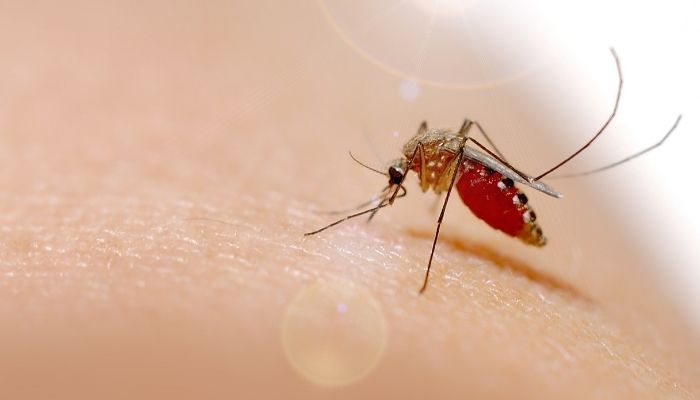What Is Tongue Tie?
You may have heard about tongue tie, a specific condition called ankyloglossia. It is a medical condition where babies take birth with limited movements of their tongues. The tongue requires suitable reach for every corner of the mouth and the entire movement range also enables varying sounds while speaking. It will also help in swallowing and sweeping away food components for tidying the mouth.
However, for little ones with tongue tie or newborn tongue tie, there is always a lingual frenulum issue. The smaller tissue portion linking the tongue’s underside to the bottom of your mouth is what is mentioned here. It may be excessively tight/short or linked upwards near the tongue’s tip. This helps in keeping the tongue firmly in place. It may lead to several ailments later on, while impacting speaking and eating.
Tongue Tie Risk Aspects and Causes
The lingual frenulum detaches from the tongue before the birth of the baby. Yet, it does not at times. Doctors have not yet zeroed in on a cause for this development. It may also be a genetic condition with boys more likely (three times) to develop it as compared to girls.
Key Tongue Tie Symptoms
The condition is often noticed owing to breastfeeding problems. Mothers may find that their babies are unable to latch on properly or chew more than they suck. Sometimes babies do not gain weight in a normal way while feeding for long durations and taking breaks before resuming the same. The baby may be fussier while trying to feed regularly or make clicking sounds in the process. It may also be hungry perennially while mothers may notice pain during the process and also afterwards. It may also witness cracked/sore nipples along with inflammation/infection of the breast or mastitis and also lower milk supply.
Tongue tie is not the sole reason behind breast feeding problems. Hence, you should always consult your doctor before coming to any conclusion. Keep an eye out for the baby’s tongue being unable to move from one side to another or being unable to access the roof/upper gums of the mouth. You should also check whether it is unable to venture past the gums or comes with a heart/V-shape at the tip.
Diagnosis and Treatment
The physical examination performed by the doctor will also encompass aspects of feeding, checking of the teeth, mouth and tongue of the child and also the wooden stick (tongue depressor) for checking the motion range. The treatment procedure encompasses the following:
1. Frenotomy
This takes place at the doctor’s office. You do not even require numbing medication at times. There are scissors used for clipping the frenulum and the pain levels are comparatively lower. Breastfeeding is possible instantly for the baby which may help in quicker healing as well.
2. Frenuloplasty
This is performed when the frenulum is excessively thick to be snipped neatly. The doctor will medicate the child to make him or her sleep through the entire procedure. Special medical tools will be deployed for cutting while stitches will be inserted. They will dissolve gradually with the healing of the wound. Lasers may also be used at times, doing away with the requirement for stitches.
Risks and Complications Worth Noting
Both the methods of treatment stated earlier are usually successful, and help combat any dental, eating or speech related issues. Side effects or complications arising from them are rare. However, some risks always remain including some bleeding, infections and damages to the glands creating saliva or the tongue itself. Frenuloplasty may also lead to issues like scarring at times. The child may also react to the medication used for making them sleep throughout the medical procedure.
Not every doctor will recommend instant treatment of tongue tie. Some feel that it should be combated quickly to prevent future issues. Some feel that waiting is a better issue since it may not lead to immediate issues or may loosen up over a prolonged duration. Without treating the condition, it may lead to future dental issues as well. These include irritated or swollen gums along with tooth decay and gaps appearing between lower front teeth as well.
Other problems include choking/gagging on food items when the child starts consuming solid food. Other complications include having difficulties with basic activities such as kissing or licking ice-cream cones. Children may sometimes have issues in saying out sounds such as n, d, l, r, t, s and z, along with th. Children may specially have issues in rolling the r sound with their tongues, which may make for serious complications.
FAQs
What are the two treatment procedures for tongue tie?
Tongue tie is usually treated with the help of two recognized methods of treatment. The first one is Frenotomy while the other one is called Frenuloplasty. The former snips off the frenulum, while the latter is a more complex procedure requiring special tools for cutting thicker frenulum.
What is the other name of tongue tie?
Tongue tie is a specific condition that also has another medical name. This is the term ankyloglossia. This is where babies are born with limited tongue movements, hindering many activities including eating and speech.
What are some symptoms that should be noticed in case of tongue tie?
Here are some symptoms that are often visible in case of this condition. They include the following:
1. Pain of mothers during or after breastfeeding.
2. Inability of babies to latch on or excessive chewing as compared to sucking.
3. Babies not gaining weight normally or feeding for excessively long durations.
4. Fussier feeding cycles or clicking sounds made by babies.
5. Sore/cracked nipples of breastfeeding mothers with possible infections/inflammations (mastitis).
6. Reduced supply of milk for breastfeeding.






























13 thoughts on “What Is Tongue Tie?”
Comments are closed.